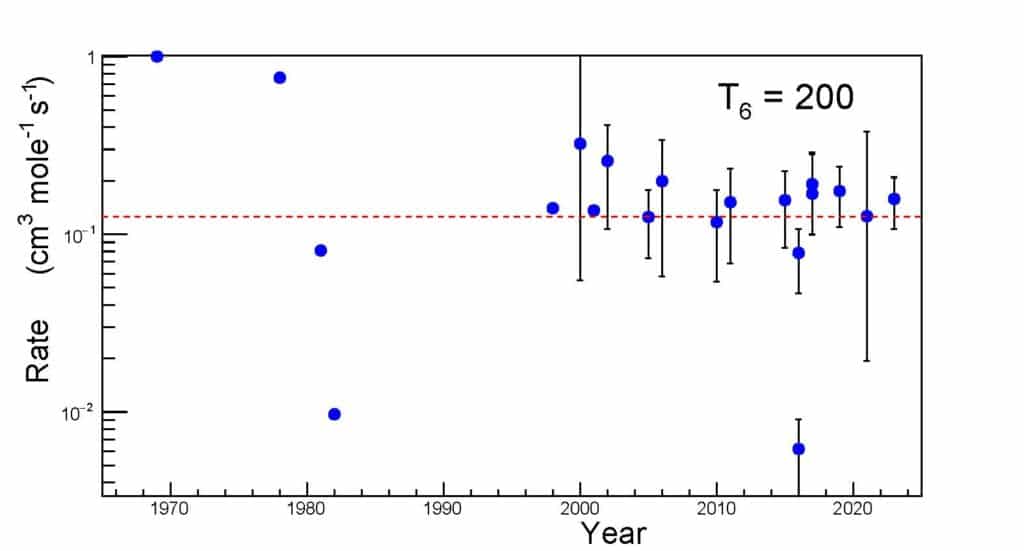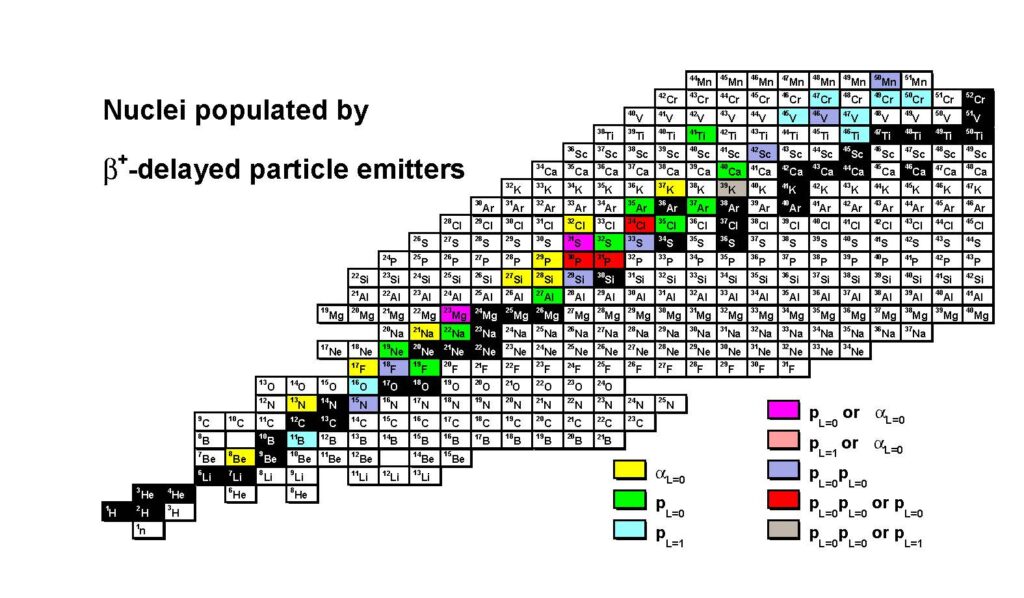- Homepage
- >
- Scientists
- >
- News & Highlights
- >
- 2025
- >
- A remarkable quest in nuclear astrophysics
A remarkable quest in nuclear astrophysics
A recent review provides an in-depth comparison of the different experimental and theoretical methods used to access the rate of an emblematic reaction in nuclear astrophysics, affecting the quantity of fluorine-18 produced in novae.
To measure the reaction directly, a beam of radioactive fluorine-18 has to be produced. The 2000s saw the development of the world’s first post-accelerated radioactive beams. This fluorine-18 beam then has to be sent to a hydrogen target containing protons. GANIL in France, with the SPIRAL1 installation, and a number of other laboratories around the world, have carried out this measurement within the limits of what is possible. Despite the experimental efforts, this measurement has only been possible in the upper limits of the interesting energy window, known as the Gamow window.

Nuclear theoretical models can be used to predict reaction rates. However, these models need physical input parameters that are observables that can be measured experimentally at heavy ion accelerators. Over the past 25 years, many teams around the world have used different complementary experimental methods to measure these parameters for fluorine-18.
Today, we think we know the rate of this reaction to within a factor of 3, which is good, but perhaps not enough to constrain astrophysical models. Determining the rate of this reaction in novae is a very interesting case study because it illustrates all the difficulties that can be encountered in this field of study. This reaction is the most studied reaction in nuclear astrophysics in the world, because it makes it possible to probe the novae by observing gamma rays.

In conclusion of this review, there is no best method, there is no simple solution, all experimental means must be explored to determine the rate of an astrophysical reaction. Moreover, as technical resources evolve, new facilities are built and new experimental methods are proposed, it will probably be possible to do better for this reaction in the near future.
It will be possible to better understand the evolution of the stars in our sky, which is unchanging for those who contemplate it as a dilettante. However, for the more observant, new stars sometimes appear in the sky, known as novae, or even rarer phenomena such as supernovae. This year, the nova T CrB should be as bright as the North Star.
https://www.sciencedirect.com/science/article/pii/S0146641025000018?via%3Dihub
Contact : François De Oliveira Santos
